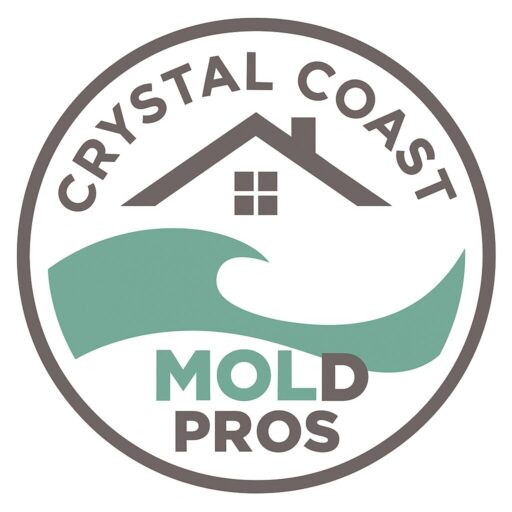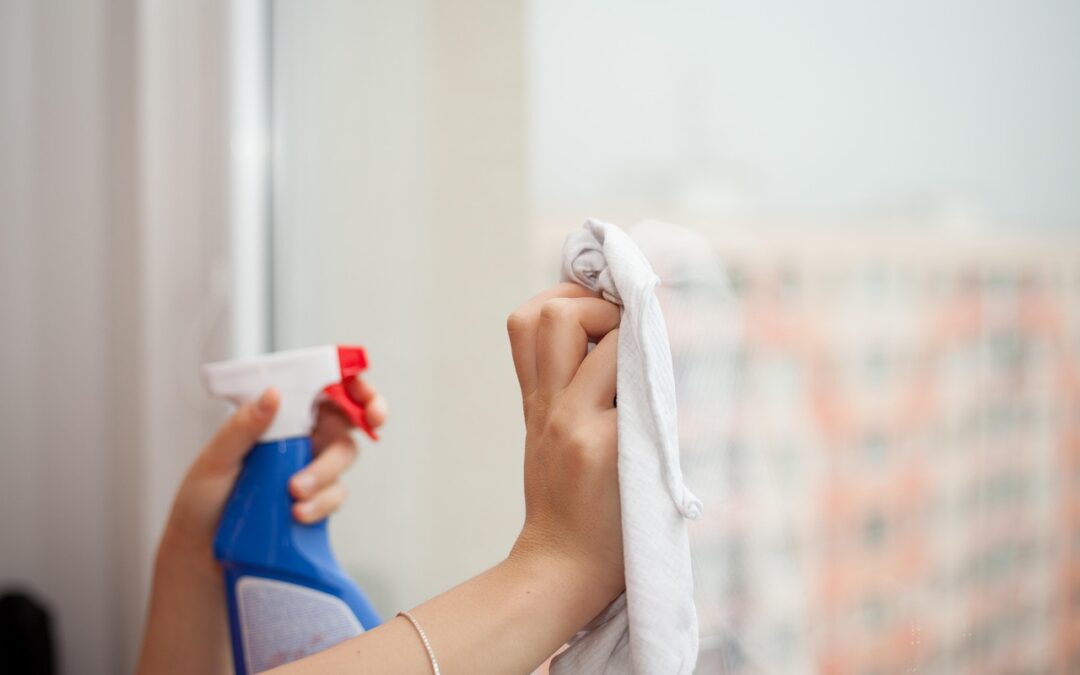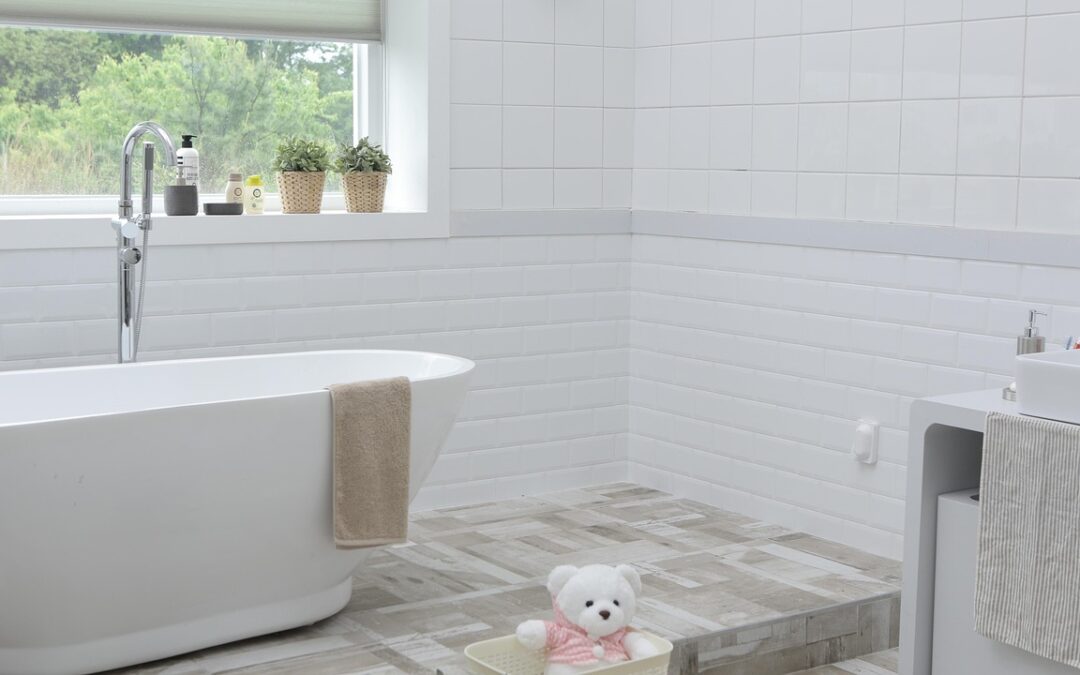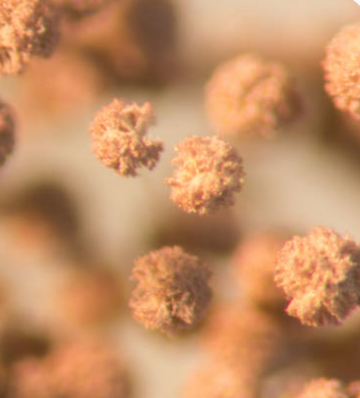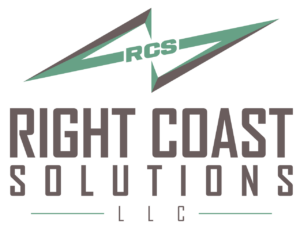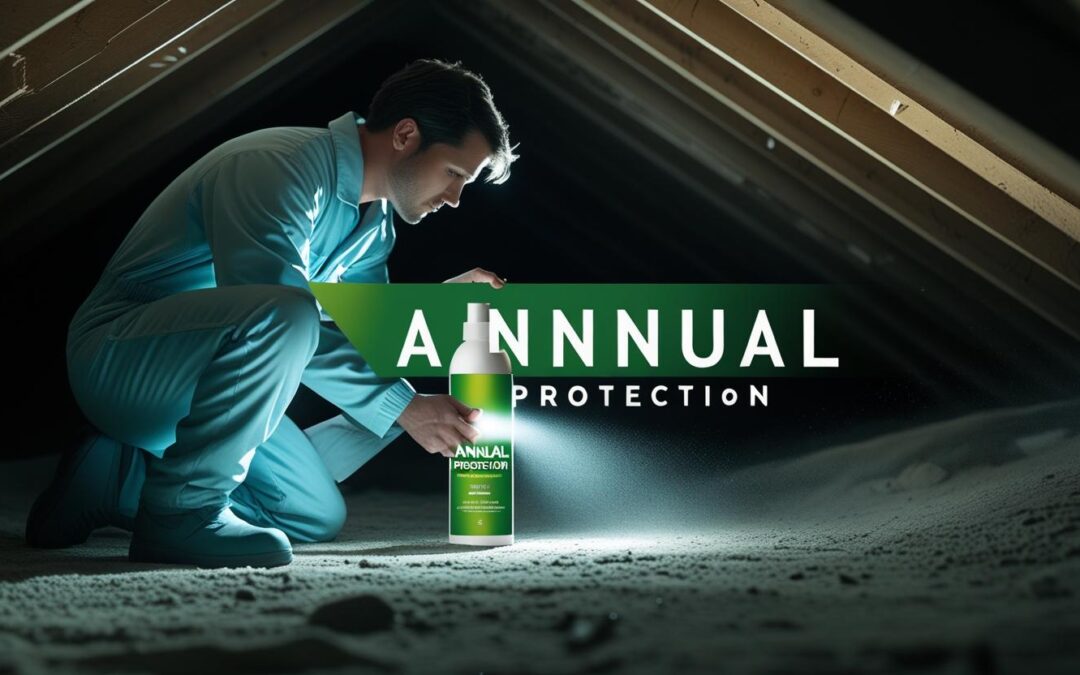
Mold Remediation in Jacksonville, NC: Protect Your Home Before It’s Too Late
Introduction to Mold Remediation
If you live in Jacksonville, NC or along the Crystal Coast, you already know how much the coastal lifestyle depends on the weather. From hot, humid summers to sudden storms, heavy rains, and even the threat of hurricanes, our region is beautiful but also uniquely challenging for homeowners. Unfortunately, the very same conditions that make coastal living so special also create the perfect environment for mold growth.
Many homeowners don’t realize there’s a mold problem until it’s already advanced. Mold often spreads silently—behind walls, under flooring, in crawlspaces, or through HVAC systems. By the time it’s visible, it may have already compromised your home’s structure, air quality, and even your health.
That’s where Crystal Coast Mold Pros comes in. We specialize in professional mold remediation in Jacksonville, NC and surrounding coastal communities, offering solutions that don’t just cover up mold but eliminate it at the root. With years of experience in our unique coastal climate, we know how to protect your home and your family from this hidden threat.
Why Jacksonville, NC Homes Are at Risk for Mold
Mold is not just a problem for neglected homes—it’s a common issue in our region due to natural environmental factors. Here are the main reasons homes in Jacksonville, NC and the Crystal Coast are particularly vulnerable:
1. High Humidity Levels
Humidity is part of life on the coast. Unfortunately, when indoor air holds too much moisture, it creates the ideal breeding ground for mold spores. In summer, when humidity levels soar, condensation often builds inside homes—on windows, in attics, and even in closets—providing mold with everything it needs to thrive.
2. Storms and Hurricanes
Our region regularly faces tropical storms and hurricanes. Heavy rainfall, flooding, and wind-driven water intrusion can damage roofs, siding, and windows. Even minor leaks allow water to seep into walls and insulation, where mold can begin to grow in as little as 24–48 hours.
3. Older Construction and Crawlspaces
Jacksonville and the Crystal Coast have many older homes, some with vented crawlspaces, outdated insulation, or less efficient ventilation systems. Crawlspaces, basements, and attics often trap moisture, making them prime locations for hidden mold colonies.
The Health Risks of Mold Exposure
While mold certainly damages homes, the risks extend far beyond property value. Prolonged exposure to mold spores can have serious health consequences, especially for vulnerable family members.
Common Symptoms of Mold Exposure:
-
Chronic coughing, sneezing, or sinus congestion
-
Recurring headaches or migraines
-
Persistent fatigue or brain fog
-
Skin irritation or rashes
-
Worsening of asthma or allergy symptoms
Higher Risk for Sensitive Groups
Children, the elderly, and individuals with compromised immune systems are especially susceptible to mold-related health problems. For these groups, what might seem like mild allergies can quickly escalate into more serious respiratory conditions.
Ignoring mold isn’t just ignoring an eyesore—it’s potentially putting your family’s health at risk.
Our Professional Mold Remediation Process
At Crystal Coast Mold Pros, we understand that every mold situation is unique. That’s why we follow a proven, step-by-step process designed to completely remove mold and prevent it from returning.
Step 1: Comprehensive Inspection & Testing
We begin with a detailed inspection of your property, using advanced tools to identify hidden moisture and mold growth. If needed, we conduct air quality testing to measure the concentration of mold spores indoors.
Step 2: Containment
Before any cleanup begins, we create containment barriers to prevent mold spores from spreading to other areas of the home. This step is critical to protecting unaffected rooms and your family during the remediation process.
Step 3: Safe Mold Removal
Our team uses eco-friendly treatments and industry-leading equipment to remove mold colonies at the source. Unlike DIY solutions or surface cleaning, our methods target the root system of the mold, ensuring it does not grow back.
Step 4: Restoration & Prevention
Mold often leaves behind damage to drywall, flooring, or insulation. We repair and restore affected areas while also addressing the source of moisture to prevent recurrence. This may include recommendations for better ventilation, sealing crawlspaces, or upgrading insulation.
Our goal isn’t just to remove mold—it’s to give you lasting peace of mind.
Why Choose Crystal Coast Mold Pros for Mold Remediation?
When it comes to mold remediation in Jacksonville, NC, you have choices. But not all mold removal companies bring the same level of expertise and local understanding. Here’s why families trust Crystal Coast Mold Pros:
-
Local Experts – We live and work here, so we know the unique challenges of the Crystal Coast climate.
-
Family-Focused Approach – We prioritize the health and safety of your loved ones.
-
Proven Methods – Our process follows industry best practices for safe, effective, and lasting mold removal.
-
Transparent Service – From inspection to final restoration, we keep you informed every step of the way.
Tips to Prevent Mold in Jacksonville, NC Homes
While professional remediation is sometimes unavoidable, there are steps you can take as a homeowner to reduce the risk of mold returning.
1. Control Indoor Humidity
Keep your indoor humidity below 50%. A dehumidifier can be especially useful in basements, crawlspaces, and high-humidity rooms like bathrooms or laundry areas.
2. Address Leaks Immediately
Even a small plumbing leak can fuel major mold growth. Inspect under sinks, around toilets, and near appliances regularly. Fix leaks as soon as they’re discovered.
3. Maintain Crawlspaces and Attics
Schedule inspections at least twice a year. Look for signs of moisture, water staining, or musty odors. Installing a vapor barrier or encapsulation system can also help.
4. Keep Gutters and Drainage Clear
Blocked gutters can cause water to seep into walls or foundations. Proper drainage ensures rainwater is directed away from your home.
5. Schedule Annual Professional Mold Inspections
Even if you don’t see mold, hidden colonies may be growing. An annual inspection gives you peace of mind and helps catch issues early before they become costly problems.
Why Acting Fast Matters for Mold Remediation
The longer mold is left untreated, the more damage it can cause. Structural wood can weaken, drywall may need replacement, and HVAC systems can circulate mold spores throughout the entire home. What starts as a small leak can turn into thousands of dollars in repairs if ignored.
By calling professionals at the first sign of mold—or even when you suspect hidden growth—you’re protecting both your home and your family’s long-term health.
Call Crystal Coast Mold Pros Today
Don’t wait until mold spreads throughout your home. If you notice musty odors, unexplained health symptoms, or water damage, it’s time to call the experts.
Contact Us Today for Mold Remediation Services
📞 252-342-5363
🌐 www.crystalcoastmoldpro.com
At Crystal Coast Mold Pros, we’re proud to serve Jacksonville, NC and the entire Crystal Coast with trusted, local mold remediation services.
Protect your home. Protect your family. Trust the local experts.
